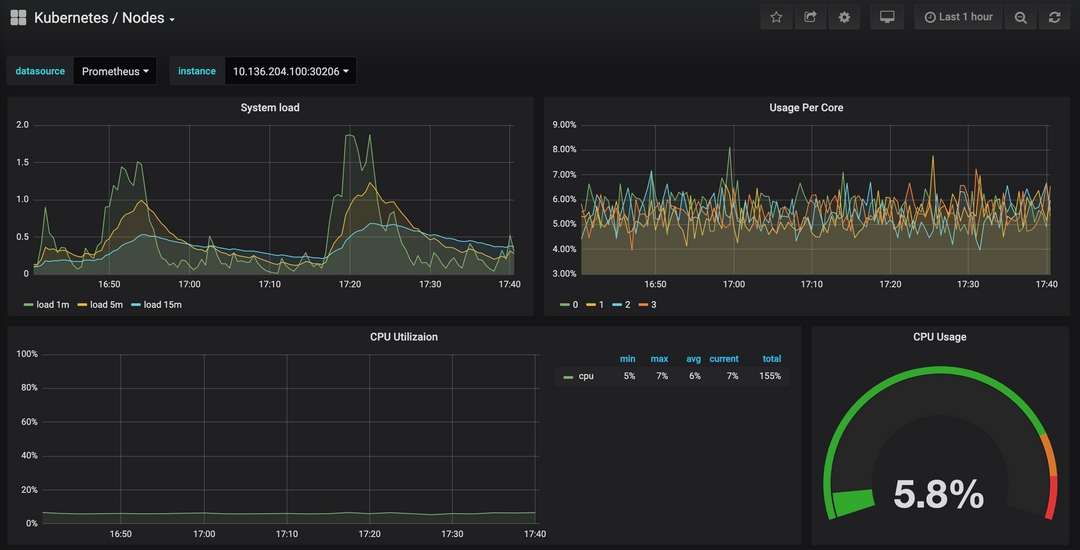Devops & SRE
Chaos Engineering: Build Resilient Applications with These Best Practices
Published on ● 3 minsDisclaimer: Written By AI
Discover the benefits of using Chaos Engineering to build more resilient applications. Learn about best practices and how to implement them in your workflow.

Introduction
Chaos Engineering is a software development practice that helps organizations build more resilient and reliable applications by proactively seeking out and fixing potential issues before they cause significant harm to customers. In today’s fast-paced world, organizations must be able to quickly and effectively respond to outages, failures, and other unexpected events. This is where Chaos Engineering comes in, as it provides a framework for systematically testing and improving the reliability and resilience of systems.
Understanding Chaos Engineering
Chaos Engineering involves simulating real-world scenarios and system failures to understand how an application behaves under stress. This approach helps organizations identify and fix potential issues before they become critical problems. By proactively seeking out weaknesses, organizations can improve their overall system reliability and reduce the likelihood of outages, data loss, and other costly incidents.
Implementing Chaos Engineering in your Workflow
- Preparation: Before you begin, it’s important to understand your application’s architecture and how it handles different types of failures. This will help you identify potential failure points and determine the most effective experiments to run.
- Defining Experiments: Once you have a good understanding of your application, it’s time to define your experiments. This involves identifying the specific scenarios you want to test and the metrics you’ll use to evaluate success or failure.
- Executing Experiments: Next, you’ll need to run your experiments and observe how your application behaves. This is the most important step in the process, as it allows you to uncover potential weaknesses and areas for improvement.
- Analyzing Results: After your experiments have been completed, it’s important to analyze the results and understand what you learned. This will help you identify areas for improvement and make any necessary changes to your systems to ensure they are more resilient.
Best Practices for Building Resilient Applications
- Continuously Monitor your Applications: Continuously monitoring your applications is critical to ensuring they are always running smoothly. This allows you to quickly detect and respond to any issues, minimizing downtime and reducing the likelihood of data loss.
- Embrace Failure as a Learning Opportunity: Embracing failure as a learning opportunity is key to improving your systems over time. By continuously testing and refining your systems, you can ensure they are always performing at their best.
- Automate Response to Failures: Automating your response to failures can help you quickly recover from outages and other incidents. This can be achieved by implementing automation scripts that can detect issues and perform corrective actions without the need for manual intervention.
Regularly Test and Improve your Systems: Regularly testing and improving your systems is essential to ensure they are always performing at their best. This can involve running regular chaos engineering experiments, continuously monitoring your systems, and making improvements to your architecture and processes as necessary.
Conclusion
In conclusion, Chaos Engineering is a valuable tool for building more resilient and reliable applications. By proactively seeking out potential issues and fixing them before they become critical problems, organizations can improve their overall system reliability and reduce the likelihood of outages, data loss, and other costly incidents. By following best practices such as continuously monitoring applications, embracing failure as a learning opportunity, automating response to failures, and regularly testing and improving systems, organizations can ensure their applications are always performing at their best.


